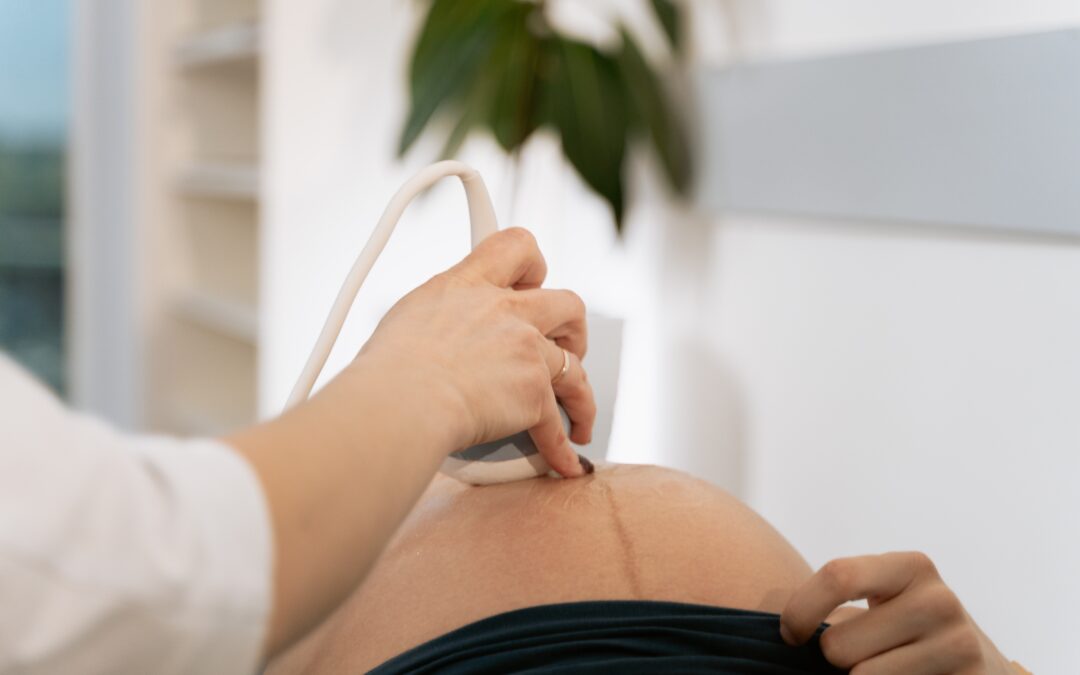Poland’s Supreme Medical Chamber (NIL), the body representing the country’s doctors, has issued guidelines on performing abortions when a pregnancy threatens the mother’s health or life. The move follows a number of recent cases in which pregnant women have died in hospital.
Many have blamed those deaths on the near-total ban on abortion introduced in 2021, which they say has made doctors fearful of prosecution if they terminate pregnancies. But supporters of the abortion law note that it still allows abortions in cases where the woman’s health or life is threatened.
The new guidelines, issued by NIL and the Polish Society of Gynaecologists and Obstetricians (PTGiP), are designed to let us “just be doctors and not feel the prosecutor’s breath between us and our patients”, said Michał Bulsa, a gynaecologist and obstetrician who heads the district medical council in Szczecin, as they were unveiled.
Thousands joined protests against Poland’s near-total abortion ban yesterday following the latest death of a pregnant woman in hospital.
But the conservative authorities say the tragedy was caused by medical malpractice, not the abortion law https://t.co/dJFJn6O1Y4
— Notes from Poland 🇵🇱 (@notesfrompoland) June 15, 2023
“We want to work together for the good of our patients and doctors so that there are as few such tragic cases as we have seen recently as possible,” added Klaudiusz Komor, the deputy head of NIL.
“The most important message, which perhaps should resonate most strongly in Poland at the moment, is that if there is a threat to a woman’s health and life, the pregnancy should be terminated immediately,” said Piotr Sieroszewski, president of PTGiP, quoted by broadcaster TVN.
The 12-page guidelines aim to ensure that doctors provided “treatment that is in line with the latest medical knowledge”, he added.
They outline, for example, how medics should proceed if the water breaks early in the pregnancy. That was what happened in the case of a pregnant woman, named only as Dorota, who died this month in hospital after doctors reportedly tried to save her foetus.
Postępowanie z wyboru to farmakologiczna indukcja poronienia, w wybranych wskazaniach (uwzględniamy w tym wypadku jedynie korzyść odnoszoną przez ciężarną) wykonuje się cesarskie cięcie pic.twitter.com/qacPQx5D30
— Naczelna Izba Lekarska (@NaczelnaL) June 29, 2023
NIL and PTGiP will now cooperate further in disseminating the guidelines and providing educational initiatives to help implement them. The health ministry also recently formed its own team to issue similar guidelines, though they are not due to be published until September.
Some doctors and activists, however, view the government’s actions with suspicion, given that the ruling national-conservative Law and Justice (PiS) party has been supportive of the near-total abortion ban, despite polls showing that it is opposed by a large majority of the public.
The ban was introduced to implement a 2020 ruling by the constitutional court – in a case brought by PiS MPs – that made abortion due to the diagnosis of severe defects in the foetus illegal.
Previously, such abortions had constitutioned 97% of all legal terminations in Poland. Now, pregnancies can only be legally terminated if they result from a crime, such as rape or incest, or if they threaten the mother’s life or health.
Poland's near-total ban on abortion is opposed by most of the public, according to polls, and two opposition parties have called for a referendum to change the law
We look at whether and how such a referendum could be called, and what the outcome might be https://t.co/sQWJUAiOkn
— Notes from Poland 🇵🇱 (@notesfrompoland) April 3, 2023
Main image credit: MART PRODUCTION / Pexels

Alicja Ptak is deputy editor-in-chief of Notes from Poland and a multimedia journalist. She has written for Clean Energy Wire and The Times, and she hosts her own podcast, The Warsaw Wire, on Poland’s economy and energy sector. She previously worked for Reuters.




















